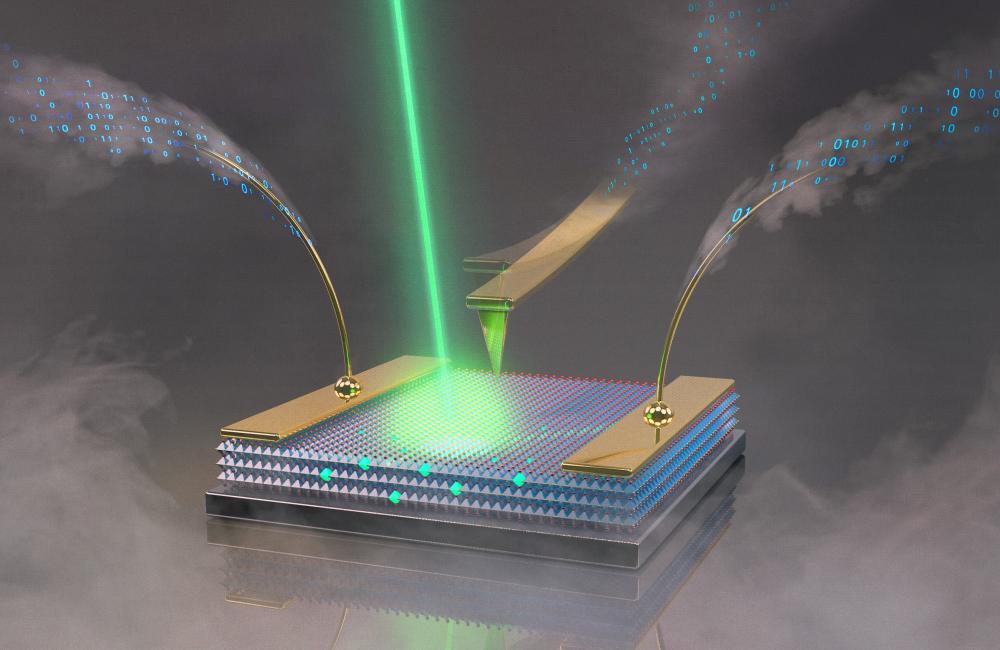2022-06-02 ノースカロライナ州立大学(NCState)
今回の実験結果は、バイオマス発電所や石炭・天然ガス発電所から排出される二酸化炭素を削減する新しい炭素捕捉技術の開発に一歩前進するものである。また、このフィルターのサイズを大幅に拡大する必要があるが、研究者らは、この設計により、他の提案されている解決策と比較して、そのステップを容易に行えるようになると考えている。
<関連情報>
- https://news.ncsu.edu/2022/06/textile-filter-testing-shows-promise-for-carbon-capture/
- https://pubs.acs.org/doi/abs/10.1021/acssuschemeng.2c02545
キトサンを用いた炭酸脱水酵素の繊維構造体への固定化によるCO2分離回収技術 Carbonic Anhydrase Immobilized on Textile Structured Packing Using Chitosan Entrapment for CO2 Capture
Jialong Shen,Yue Yuan, and Sonja Salmon
ACS Sustainable Chemistry & Engineering Published:June 1, 2022
DOI:https://doi.org/10.1021/acssuschemeng.2c02545

Abstract
Innovative carbon dioxide (CO2) capture approaches are urgently needed to lower and reverse CO2 emissions that lead to climate change. Here, we report the design, fabrication and testing of high efficiency biocatalytic textile-based gas–liquid contactors made using versatile, sustainable, and readily available polymers, cellulose, and chitosan, together with an immobilized carbonic anhydrase (CA) enzyme to accelerate CO2 absorption into benign, low-energy, aqueous potassium carbonate (K2CO3)-based solvents. This novel structured packing is able to withstand the CO2 scrubbing environment, will be simple to scale up, and will be useful as a “drop-in” for conventional chemical absorption systems as well as offer new possibilities for direct air capture. Immobilizing CA in a thin coating on textile packing surfaces minimizes the enzyme requirement, retains enzyme in the absorber for high catalytic benefit and longevity with repeated use, and allows downstream process flexibility by preventing CA from traveling to other unit operations, for example, high temperature desorption where enzyme could become inactivated. CA immobilization on cotton fiber textile packing materials by entrapment with chitosan exhibited an activity recovery of at least 49% and activity retentions of higher than 68% after 10 repeated wash and retest cycles over 5 days and up to 41% after a 31 day incubation in 10 wt % K2CO3 at 40 °C. The lightweight biocatalytic textile packing modules are sturdy and easily handled with no sharp edges or dusting issues as can accompany conventional metal packing- or particulate-immobilized enzymes. In laboratory-scale countercurrent CO2 absorption tests at 4 L per minute total gas flow rates, CA-immobilized textile packings delivered average CO2 absorption efficiencies of 52.3% and 81.7% for single and double-stacked packings, respectively, versus 26.6% and 46.4% for single and double-stacked no-enzyme control textile packings, and versus 3.6% for conventional glass Raschig rings filled to the equivalent single-stacked packing height. Textile packings exhibited excellent solvent distribution throughout the packing even at low liquid flow rates, maintaining uniform gas contact with the wetted solid contacting surfaces across a range of different liquid flow rates, leading to robust CO2 capture efficiency. Biocatalytic textile packing retained 66% of the initial CO2 capture performance after five cycles of washing, drying, ambient storage, and retesting over a period of 66 days. In a separate test with freshly made packing, 76.5% performance retention was observed after a continuous 120 h recirculation longevity test.



